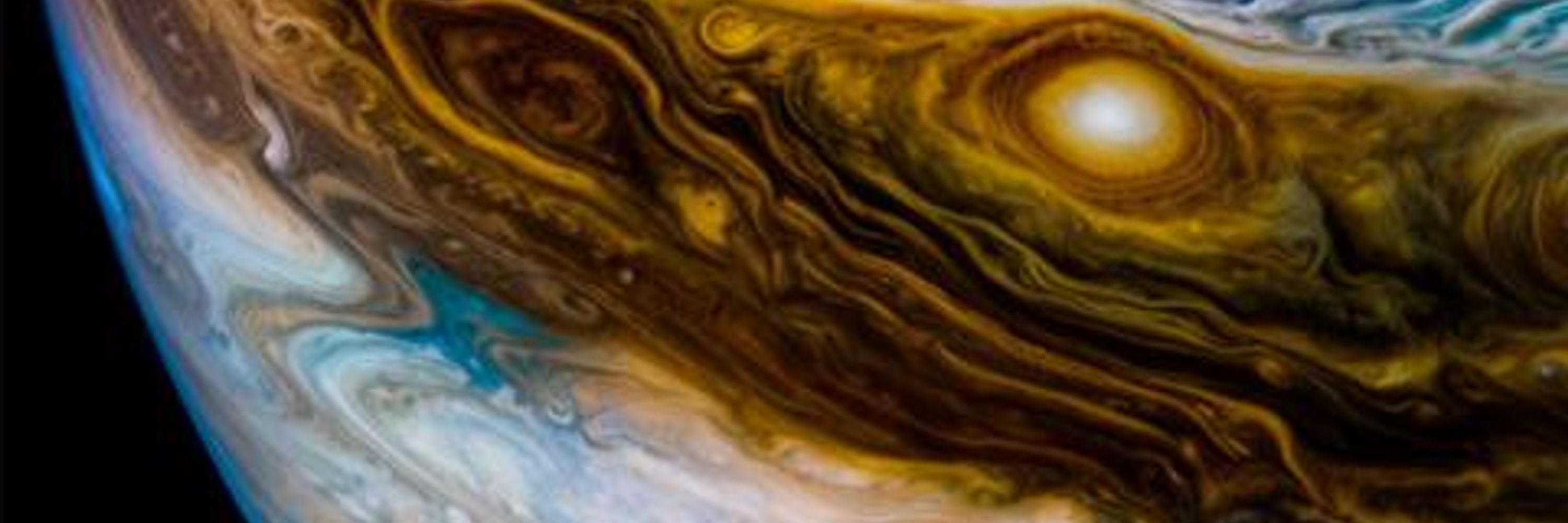
Planetary Science Institute
@psi.edu
https://www.psi.edu/
A private nonprofit dedicated to studying the origin, characteristics, and evolution of planetary systems and planets, including the Earth.
A private nonprofit dedicated to studying the origin, characteristics, and evolution of planetary systems and planets, including the Earth.
“I’ve done research on planetary topics with both of them for more than 20 years. That year, they finally got jobs at the University of Tennessee, and Molly was granted tenure, so I wanted to make something to celebrate those big life events.”
November 7, 2025 at 3:03 PM
“I’ve done research on planetary topics with both of them for more than 20 years. That year, they finally got jobs at the University of Tennessee, and Molly was granted tenure, so I wanted to make something to celebrate those big life events.”
The bright star near the center of the frame, a little above the horizon is the star Sirius, the brightest star in the night sky. Above Sirius and slightly to the left, is a red nebula. That is the trail of a very bright meteor!
November 6, 2025 at 4:04 PM
The bright star near the center of the frame, a little above the horizon is the star Sirius, the brightest star in the night sky. Above Sirius and slightly to the left, is a red nebula. That is the trail of a very bright meteor!
This scene is all natural light. The light on the land is that from the night sky: light from stars, blue twilight, the Zodiacal light, the Milky Way galaxy, and airglow: light from molecules in Earth's upper atmosphere excited by solar ultraviolet light during the day and from cosmic rays.
November 6, 2025 at 4:04 PM
This scene is all natural light. The light on the land is that from the night sky: light from stars, blue twilight, the Zodiacal light, the Milky Way galaxy, and airglow: light from molecules in Earth's upper atmosphere excited by solar ultraviolet light during the day and from cosmic rays.
The Milky Way runs from the lower left to between Jupiter and the Moon and shows several red emission nebulae and many star clusters. The red and green bands near the left edge in the sky is banded airglow.
November 6, 2025 at 4:04 PM
The Milky Way runs from the lower left to between Jupiter and the Moon and shows several red emission nebulae and many star clusters. The red and green bands near the left edge in the sky is banded airglow.
The bright object on the right is the crescent Moon, and above it, to the left, near the top of the frame, is Jupiter. A bright blue-gray band from the Moon to Jupiter is the Zodiacal light, which is scattered sunlight from dust in the inner Solar System.
November 6, 2025 at 4:04 PM
The bright object on the right is the crescent Moon, and above it, to the left, near the top of the frame, is Jupiter. A bright blue-gray band from the Moon to Jupiter is the Zodiacal light, which is scattered sunlight from dust in the inner Solar System.
JunoCam images, like this one, were processed by citizen scientists! If you are interested in processing your own JunoCam images, visit: buff.ly/6qYZkpo

JunoCam - Mission Juno
Upload your images of Jupiter, comment on the images, and vote on what pictures JunoCam will take when it reaches Jupiter.
buff.ly
October 29, 2025 at 4:06 PM
JunoCam images, like this one, were processed by citizen scientists! If you are interested in processing your own JunoCam images, visit: buff.ly/6qYZkpo

